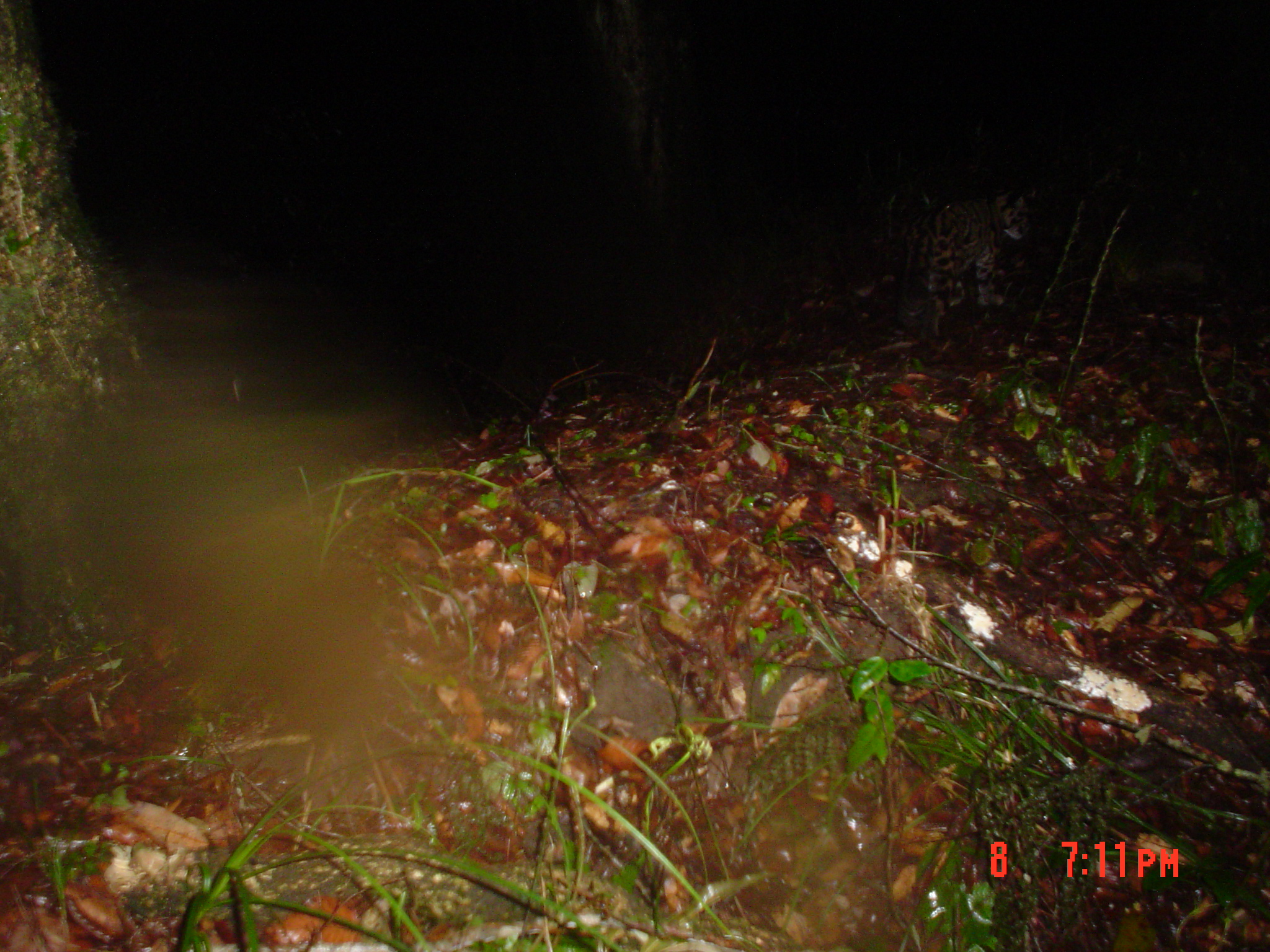About This Project
The presence of clouded leopard Neofelis nebulosa, a globally threatened species, in Hugu-Kori forests was confirmed only recently in 2012. The proposed study aims to quantify the status of clouded leopard, assess inter-specific interaction between felids in the area and identify/document prevalent threats to the survival of the species. Based on the information gathered, future conservation measures can be planned and implemented.
Ask the Scientists
Join The DiscussionWhat is the context of this research?
The presence of clouded leopard in Hugu-Kori forests of Annapurna Conservation Area (ACA) was not certain until very recently, in 2012 when it was camera trapped. However there has been no follow up study after the survey. Furthermore there have been no studies on the occupancy and population estimate of the species in the country yet. The proposed study area is also connected to the larger landscape known as lower Annapurna conservation area which falls in the Mahabharata range. Mahabharata range is believed to be the best habitat for the species in Nepal (McDougal, 1992). The area is also believed to be the westernmost limit of the species' global distribution making it an important site to be surveyed.
What is the significance of this project?
The study is designed to collect information on clouded leopard such as occupancy, density, activity pattern, and spatio-temporal interaction with other sympatric cats (Felidae) in proposed study area. The study will thus provide information on the important geographic, environmental and anthropogenic parameters influencing the clouded leopard’s occupancy in the area. In brief, the proposed study will contribute to research work on large carnivores in the mid-hills of Nepal. This is important because the Mahabharata range, although highly biodiverse, is the least prioritized region in Nepal for wildlife research and conservation. The proposed project will generate extremely valuable baseline information on the species and habitat that will prove useful in their conservation.
What are the goals of the project?
The proposed project starts from the third week of October 2016 and aims to 1) assess the qualitative and quantitative information on clouded leopard occupancy and abundance and 2) document the threats to clouded leopard in the area.
To do this, the proposed study area of 80 sq. km. will be divided into 1 km*1 km square grids and camera traps will be placed for a total of 45 days in each grid. The detection history of each individual animal as well as camera trap station will be used to assess the occupancy and abundance of clouded leopard. Key informants' interview, direct observation and semi-structured questionnaire survey will be done to document the threats to clouded leopard.
Budget
Leopard and clouded leopard play the role of top predators In the mid-hills of Nepal. However they are extremely elusive, coming out only between sunrise and sunset, making it extremely difficult to monitor them. Direct surveys don't reliably detect these nocturnal species hence novel methods like motion triggered camera traps are one of the best options available to monitor them. Camera traps will help us determine which parts of the study area is occupied by the target species and how does it interact with its conspecifics as well as prey species? A fair amount of information can also be gathered on the prevalent threats to the species targeted. These reasons make the budget for the requested piece of equipments an important component of the project
Endorsed by
Meet the Team
Affiliates
Team Bio
The team has an intimate knowledge of the study area because they have been working in the same area for the last four years. Local community and Annapurna Conservation Area Project office also know the project team very well and have coordinated in previous research works too which makes the project local too.
Yadav Ghimirey
I am an environmental management graduate having led research expeditions in Nepal for the past six years. I also took a Post Graduate Diploma in wildlife conservation practice from WildCRU, University of Oxford, U.K., in 2014. I have been involved with Nepal Owl Festival from its first celebration. Along with the festival, being involved in conservation camps and workshops on owl conservation have sharpened my skills in working with people from different backgrounds. These interactions have also made me realize the importance of awareness programs on conservation. I have also co-authored two books on owls with Raju Acharya.
Raju Acharya
My experience on wildlife research and participatory wildlife conservation programs in Nepal adds up to more than two decades. I am voluntarily serving as country representative of World Owl Trust and Research Associate of the Global Owl Project for the conservation of owls in Nepal. I have conducted research on wolves, vulture, owls and other carnivore species of Nepal. I led the team that rediscovered wild yak Bos mutus and member of the team that recorded Asiatic golden cat Pardofelis temminckii in Nepal. I have published five peer reviewed scientific articles and four conservation books/booklets (local language) on birds/mammals of Nepal. Despite all these, I am mostly focused on owl conservation issues. I have been actively working for owl conservation, through Nepal Owl Festival, conservation camps and other similar activities, since 2008. I am also the co-author of two books on owls, "Latokosero ki Batokosero" and "Owls of Nepal", the first of its kind from Nepal. My experiences ranges from wildlife research, participatory conservation as well as in publication of conservation materials. Hence I believe I can efficiently lead to achieve the aims of the proposed project.
Additional Information

Project Backers
- 30Backers
- 104%Funded
- $2,609Total Donations
- $86.97Average Donation



